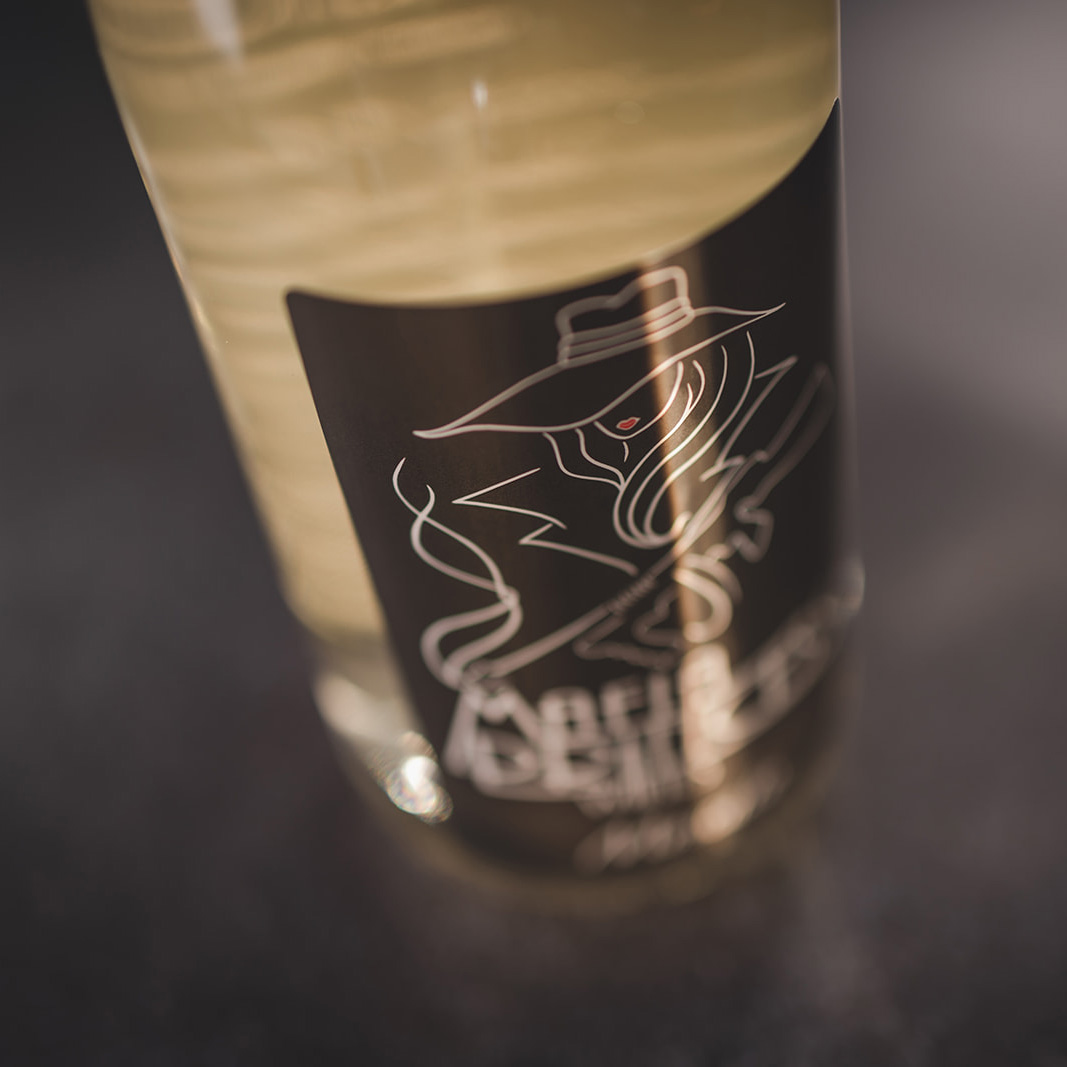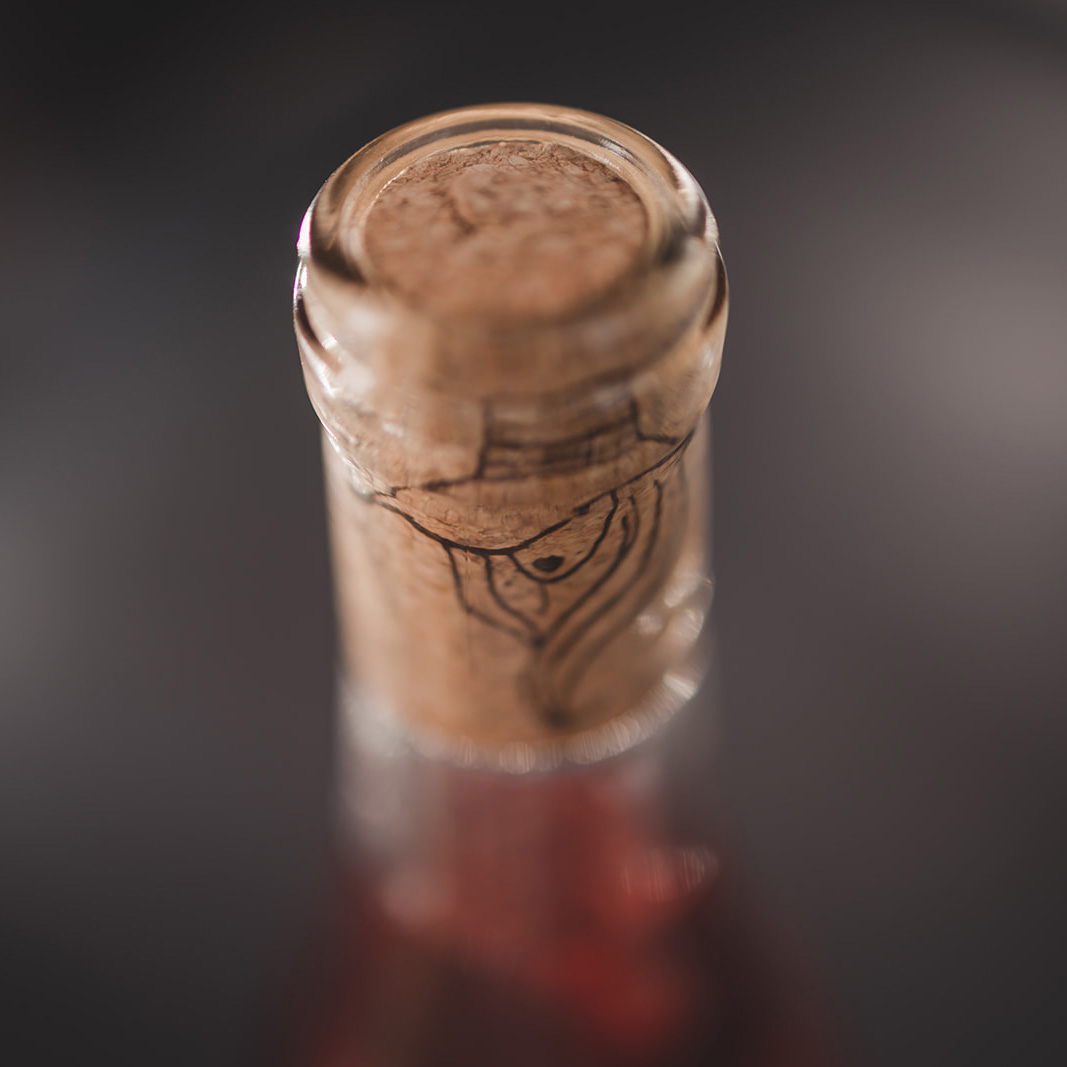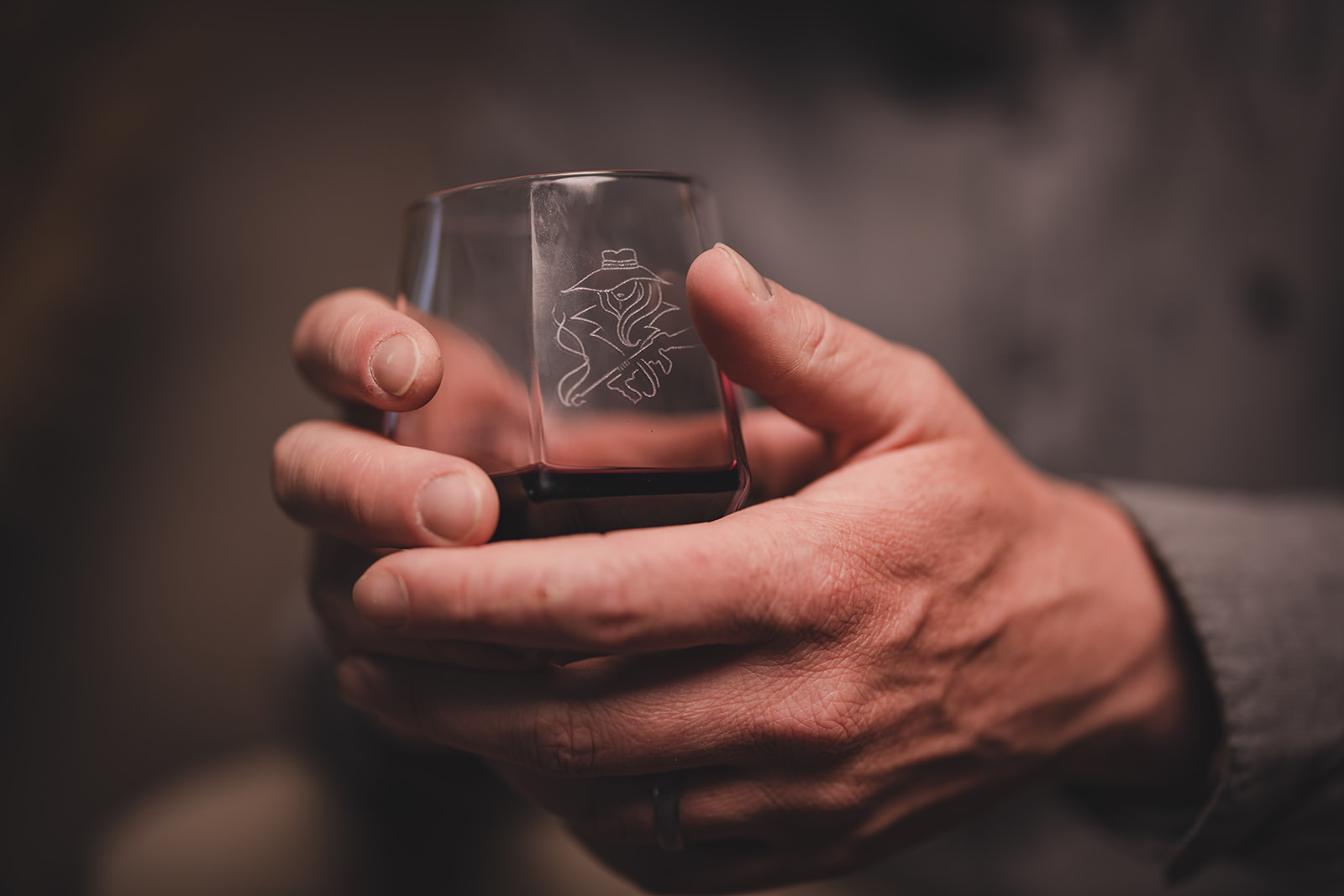Mafia Means Family
Reclaiming the idea of Mafia through loyalty, family, and vintage wines
We’re like an old soul—harkening back to a time when family was synonymous with loyalty and dressing up was for evening dinners—not just Sunday mornings.

The 1920s were a time when people walked taller, took time to listen, pondered the questions of old, and discovered a secret or two over a few glasses of wine.
The Family Behind the Wine
Step into the stories that shaped the family, the wine, and the community surrounding Mafia Princess Wines. Since immigrating from Italy to New York in the 1920s, Rose—The original Mafia Princess—attracted the likes of a Mafia Don with her captivating beauty and poise.
Flattered yet fearful, she respectfully declined the arrangement through several events. And although we may not be gang lords, the Italian Mafia stories shared around our dinner tables over bottles of wine inspired the reclaiming of the Mafia—by reclaiming loyalty, family, and vintage wines for people to enjoy and hear a few interesting stories along the way.
With rich Italian roots cultivated in the heart of the New York Mafia scene, family, loyalty, and excellence represent the core of who we are. Unlike the Godfathers of Crime, where morality is an illusion, the heart of what we do is moral poetry, as we cultivate community and excellence in our vintage wines without compromise.
You can’t say Mafia Princess, without having a few secrets. Like how we make our Colorado Nuovo, Wedding Day Rosé, and Muscato—but you’ll hear how each vintage was inspired over a glass of wine in our tasting room—a transport back to the classic and classy 1920s. It’s a place where the Wild West of Colorado meets the Prohibition Era of New York in an elevated yet inviting tasting room. So come, experience a bit of Mafia Princess, and join the family.



100+ Years of Tradition

Experience the Process
There’s something about connecting with the land, the vines, and the fruit that can’t be explained—only experienced. Come join us to discover the beauty and secrets rooted in the vineyard.
Harvesting
Fresh and fully ripened wine grapes are preferred as raw materials for winemaking. Harvesting may be completed in one picking or several.
The grape clusters are cut from the vine, placed in buckets or boxes, and then transferred to larger containers.
At the winery, the grapes may be dumped directly into the crusher or unloaded into a sump and carried to the crusher by a continuous conveyor system.
Crushing
In modern mechanized wine production, the grapes are typically crushed and stemmed at the same time by a crusher-stemmer, usually consisting of a perforated cylinder containing paddles revolving at 600 to 1,200 revolutions per minute.
The grape berries are crushed and fall through the cylinder perforations; most stems pass out of the end of the cylinder. A roller crusher may also be used.
Ancient methods of crushing with the feet or treading with shoes are rare.
Juice Separation
Two main procedures are employed to separate the juice from the solids. Much of the juice may be drained off by placing the crushed grapes in a container having a false bottom and often false sides.
This juice is called the free run juice, and the mass of crushed grapes is called the must, a term also used to refer to the unfermented grape juice, with or without skins.
Fermentation
The process of alcoholic fermentation requires careful control to produce high-quality wines. Requirements include suppression of the growth of undesirable microorganisms, presence of adequate numbers of desirable yeasts, proper nutrition for yeast growth, temperature control for prevention of excessive heat, prevention of oxidation, and proper management of the cap of skins floating in red musts.
Clarification
Some wines deposit their suspended material (yeast cells, particles of skins, etc.) very quickly, and the supernatant wine remains nearly brilliant. This is particularly true when 50-gallon wooden barrels, which have a greater surface-to-volume ratio than larger containers, are employed.
Other wines, particularly in warm regions or when large tanks are used, may remain somewhat cloudy for long periods. Removal of the suspended material during aging is called clarification. The significant procedures involved are fining, filtration, centrifugation, refrigeration, ion exchange, and heating.
Aging & Bottling
Many wines improve in quality during barrel and bottle storage Such wines eventually reach their peak and, with further aging, begin to decline.
Before bottling, wine may require blending filtration, and the use of antiseptics to combat microbe development. Often several casks containing the exact wine will develop differences during aging, and blending is desirable to ensure uniformity. Wines that are slightly deficient in colour or acid may be blended with exceptional wines as a means of correction. Blending frequently improves quality by adding to the complexity of the wine.
